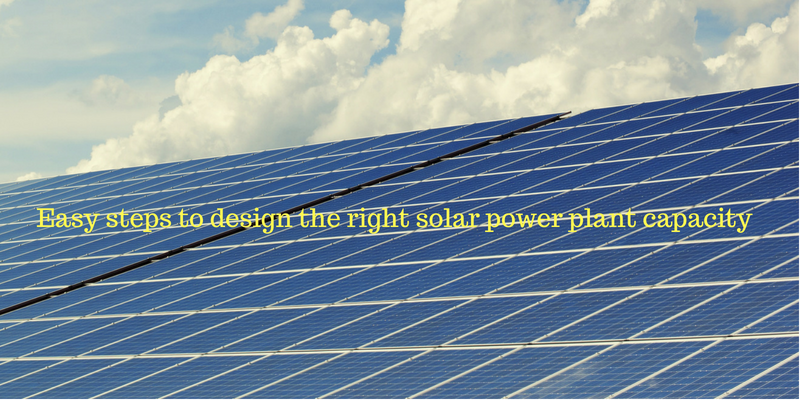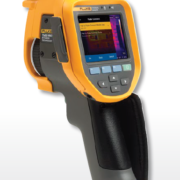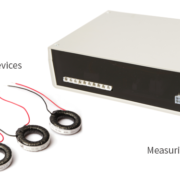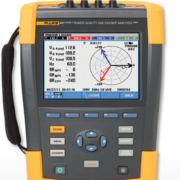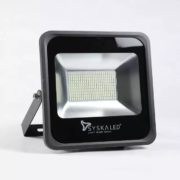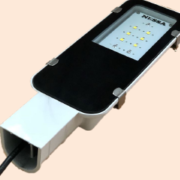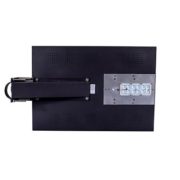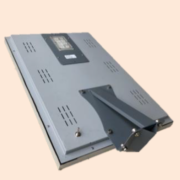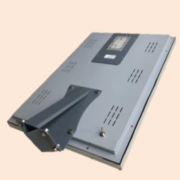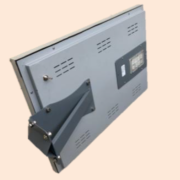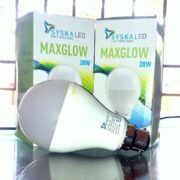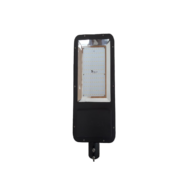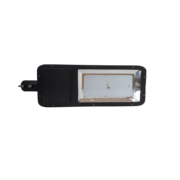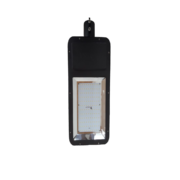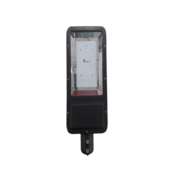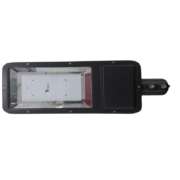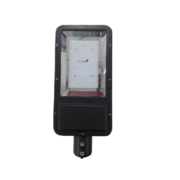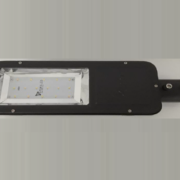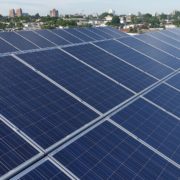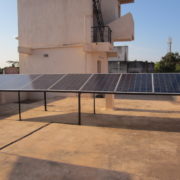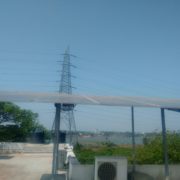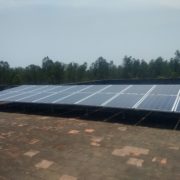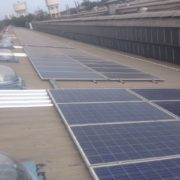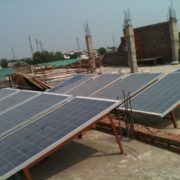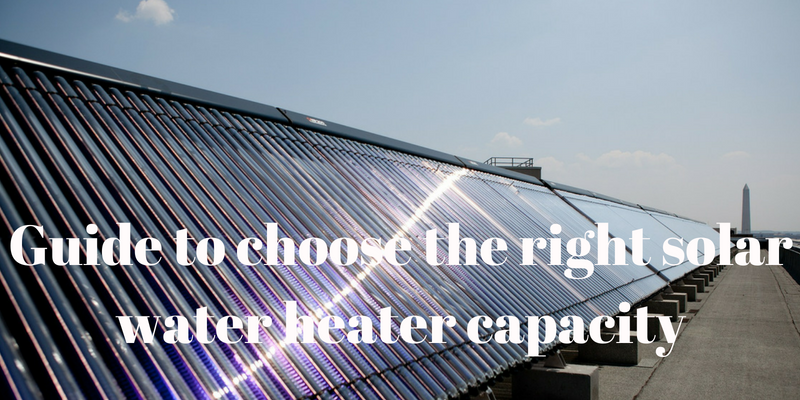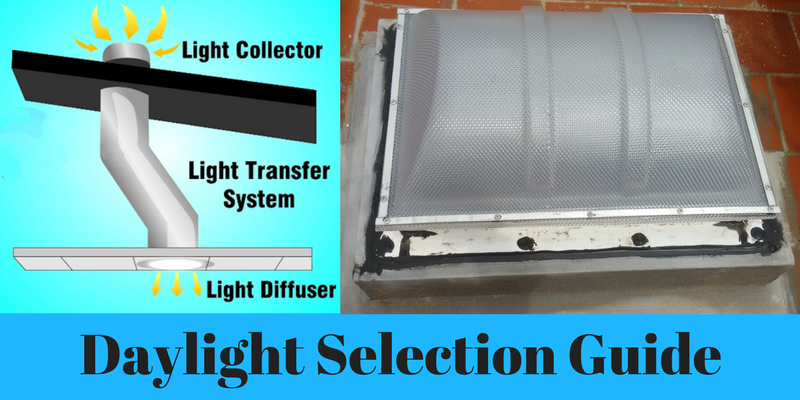How to choose the right solar power plant capacity
Solar photo voltaic power plants have become a common occurrence today and many companies are interested in setting up a solar power plant at their premises. Solar photo voltaic power plants generate clean and green energy by exposing silicon made solar panels to sunlight. The solar photo voltaic power plant consists of solar panels to convert sunlight in to DC power which is converted in to AC power via an inverter. Before deciding on the solar power plant installation capacity, there are certain parameters that are to be understood so that an efficient system can be built.
- Implementing energy efficiency measures
- The Financial Model – Capex or Opex
- Power consumption data
- Space availability
- Usage of Solar Power
- Effect of solar irradiance
1. Implementing energy efficiency measures
Energy efficiency is the need of the hour. Every unit of energy saved is an unit of electricity generated. Before considering an energy energy generation project at your premises, it is wise to implement energy efficient measures. This will naturally bring down the actual power consumption and brings down the required energy generation capacity. There are two steps involved in implementing energy efficiency measures. First monitoring the present energy performance and second using energy saving devices.
- Energy monitoring is done by
- Analyzing the power quality
- Conducting energy audits
- Analyzing the reports of energy management systems
Energy Saving is done installation and using energy saving products and taking necessary energy saving measures based on the reports from energy audit and energy managements systems.
While implementing the energy efficiency measures, it can be widely understood that there is a huge scope for energy saving.
2. The Financial Model – Opex or Capex
Capex is the capital expenditure model, where the user invests the entire project cost and owns the solar photo voltaic power plant right from the day one.
Opex is the operational expenditure model where the user signs a Power Purchase Agreement with the installer or a third party investor. The investor owns the plant for a pre decided number of years, while the user pays the investors, the pre determined rate, on monthly basis for using the electricity generated from the solar power plant.
If you are wondering, how the financial model helps in arriving the right capacity of solar power plant, you should understand that your financial ability decides the capacity of the plant. If you are going for Capex model, then you should have sufficient amount of money. Even in case of Opex model, the investors checks your credit rating and balance sheet. You will be funded only after a thorough due diligence done by the investor.
3. Power consumption data
The actual power consumption data should be readily available to decide the required solar photo voltaic power plant capacity. If there is a net metering facility available, then the extra power can be exported to the grid, else, the total power generated from the solar photo voltaic power plant has to be consumed at the facility itself. If you try to export without a net meter, then the amount of electricity that is being exported will be calculated as imported from the grid and will increase your electricity bill. Hence it is wise to plan the solar photo voltaic plant capacity less than the actual day time power consumption. So,having the power consumption pattern separately for day and night time will be of paramount importance while deciding the solar photo voltaic power plant capacity, if there is no net metering .
4. Space Availability
The solar photo voltaic power plant can be installed either on the roof or the ground. A one kilo watt solar photo voltaic power generation system needs roughly round 10 sq. ft.of area. Usually companies use their rooftop space for installing the solar photo voltaic power plant. The space availability and the power consumption data should be analyzed together to complete the solar photo voltaic power plant capacity.
5. Usage of Solar Power
The generated solar power can be either used fully or partly, while exporting the excess to the grid, if net metering is available. Net metering helps the user to use the power at any point of time. Even if there is an excess power generated in the daytime, it can be exported to the grid, while the entire power requirement can be imported from the grid in the night time. If there is a net meter facility, then the actual solar photo voltaic power plant capacity can be more than the actual power consumption. However, the local laws should be considered. For instance in Tamil Nadu, only 90% of the total generated solar power is considered for exporting. Not every consumer will be able to avail net metering. For instance in Tamil Nadu, only the following categories are allowed to avail net meter.
High Tension Category
| Category | Consumer Type |
|---|---|
| HT – IIA | Govt. Educational Institutions, Govt. Hospitals, Water supply, etc., Places of Worship |
| HT – III | Commercial and other categories, Private Communication providers, Cinema Studios and Cinema Theatres |
Low Tension Category
| Category | Consumer Type |
|---|---|
| LT - IA | Domestic , Handloom,Nutrition Centres etc. |
| LT - IC | L.T. Bulk supply, Railway Colonies, Defence colonies, etc. |
| LT - IIA | Public lighting, water supply, Sewer. Village panchayats/Town Panchayat, Municipality/ Corporations |
| LT - IIB | Govt and Aided Educational Institutions, Govt. Hospitals etc. |
| LT – V | Commercial & others (including construction for residential buildings, cinema theatres, cinema studios, private communication provides |
6. Effect of Solar irradiance
The output from the solar photo voltaic power plant depends on the solar irradiance. According to wikipedia, Solar iiradiance is defined as below
Solar irradiance is the power per unit area received from the Sun in the form of electromagnetic radiation in the wavelength range of the measuring instrument. The solar irradiance integrated over time is called solar irradiation, insolation, or solar exposure. However, insolation is often used interchangeably with irradiance in practice.
It is usually measured in KWh / Sq.m. In India the range is between 4 to 7, according to a MNRE study.
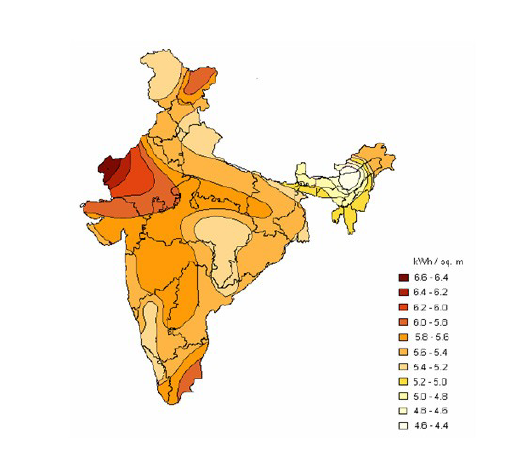
Higher the irradiance, higher is the output from the solar photo voltaic power plant.Since the efficiency of solar photo voltaic panels are in the range of 14 – 18%, the KWh produced per KW is around 4 – 5 units a day.
The above steps would help you in deciding the right solar photo voltaic power plant capacity at your premises. Do let us know your opinion in the comment section below.

